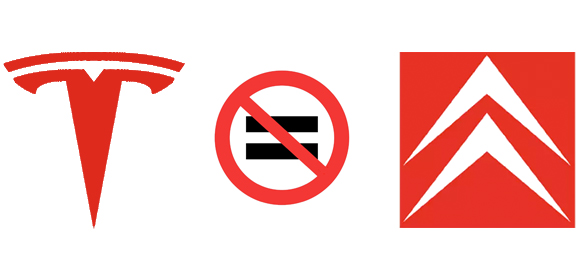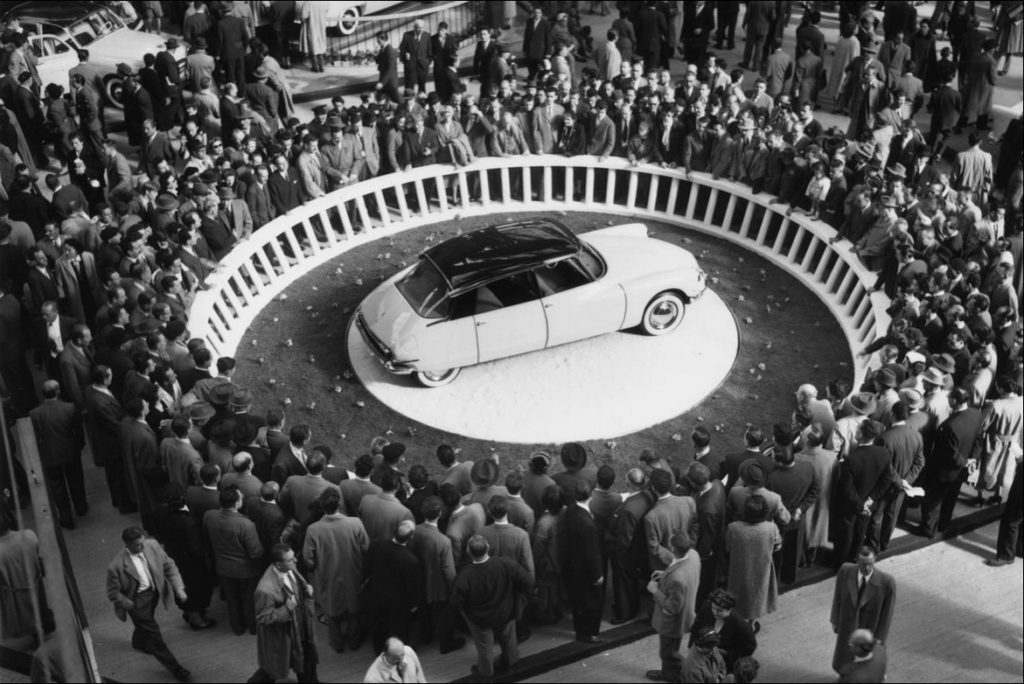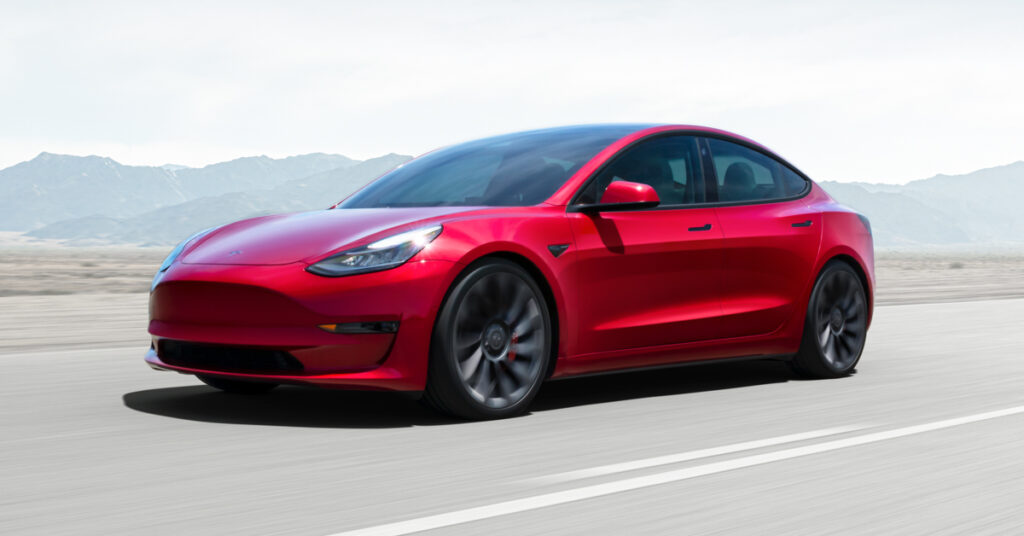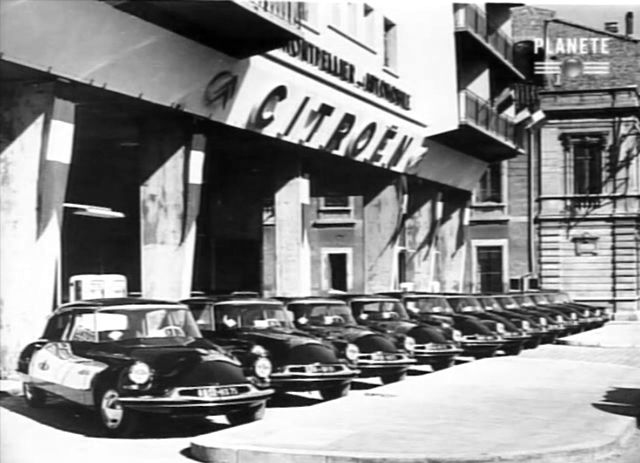The Stark Contrast Between Today’s Tesla and Citroën in the 1950s

People compare the innovations brought to the automotive world by Tesla to what Citroën accomplished in the 1950s. Granted there are similarities; Tesla beat the record for the most cars sold in a day when their Model 3 was launched, besting the record held by Citroën since 1955 when the DS was introduced at the Paris Auto Show. Both cars set a new benchmark in the automotive industry with technology that needed to be proven viable to the public.


But the manner in which they supported their customers are polar opposite. Case in point:
In 1956 Citroën soon realized that the DS was so advanced that some engineering/assembly issues were plaguing initial customers. The company established a few “secret teams” that would venture out to any DS that had broken down at the side of the road and repair it, often overnight! It was all about protecting the brand and keeping customers happy.

It was reported this week that Tesla created a secret team to suppress thousands of driving range complaints as a result of their dashboard readouts in their EVs providing overly optimistic projections as to how far owners could drive before needing to recharge.
Thousands of customers have been contacting Tesla to resolve the problem.
Tesla CEO Elon Musk issued a directive about a decade ago that, for marketing purposes, company software engineers would write algorithms for its range meter that would show drivers “rosy” projections for the distance their Tesla could travel on a full battery. When the battery fell below 50% of its maximum charge, the algorithm would show drivers more realistic projections for their remaining driving range. To prevent drivers from getting stranded as their predicted range started declining more quickly, Tesla designed with a “safety buffer,” allowing about 15 miles of additional range even after the dash readout showed an empty battery.

In response to customers calling about what they believe to be a driving distance problem, Musk created a secret support centre in Las Vegas, Nevada where he installed a team to pacify customers. But they operated with a “Diversion Team” strategy and Tesla employees were instructed to thwart any customers complaining about poor driving range from bringing their vehicles in for service.
In reality, it was a pacify approach by offering nothing more than lip service. There was no technical solution offered, in fact, “Advisers” would often run remote diagnostics on customers’ cars and try to call them. They were trained to tell customers that the EPA-approved range estimates were just a prediction, not an actual measurement, and that batteries degrade over time, which can reduce range. The would then offer tips on extending range by changing driving habits.
If the remote diagnostics found anything else wrong with the vehicle that was not related to driving range, advisors were instructed not to tell the customer and to close the case.
Tesla also updated its phone app so that any customer who complained about range could no longer even book a service appointment. Instead, they could request that someone from Tesla contact them but it often took several days before owners were contacted because of the large backlog of range complaints.
In contrast to Citroën’s commitment to customers 60+ years ago, the environment in Tesla’s Las Vegas office had some employees celebrating cancellation of service appointments by putting their phones on mute and striking a metal xylophone, triggering applause from coworkers who sometimes stood on desks.
The diversion team was expected to close about 750 cases a week. To accomplish that, office supervisors told advisers to call a customer once and, if there was no answer, to close the case as unresponsive, the source said. When customers did respond, advisers were told to try to complete the call in no more than five minutes. Staffers were tracked on their average number of diverted appointments per day.
To make matters worse, in late 2022, managers aiming to quickly close cases told advisors to stop running remote diagnostic tests on the vehicles of owners who had reported range problems. Thousands of customers were told there is nothing wrong with their car by advisors who had never run diagnostics!
Had Citroën operated in the manner Tesla has, the DS would have lasted about as long as the Edsel. But these days, with marketing hype and the deplorable level that “Customer Service” has become with many Fortune 500 companies, the measure of success and and customer satisfaction is judged by a whole other set of benchmarks, — a stark contrast to Citroën in the 1950’s and a sad indication as to how automotive leaders like Tesla operate in this day and age.
You can read more about Tesla’s customer support initiative, or lack thereof here: https://www.reuters.com/investigates/special-report/tesla-batteries-range/

We have both a Tesla 3 ( and S) and an SM and must say that both are extraordinary engineering accomplishments. The battery range issue for us is just a learning thing. Yes, in the winter the shown range is considerably less, about 30% at zero F but you just learn to plan for it . We ran a road trip in our S and charging takes about the time to order and eat a sandwich and the charging is free at a Tesla supercharger. In addition, the car (a P90S+) is extraordinarily fast. Try one sometime. I’ll admit the pneumatic suspension doesn’t compare to the SM, and wish that Tesla had the aerodynamics of the SM, we still find these machines outstanding in addition to the necessary reduction in CO2 to save our world as we have known it. The SM certainly fails in this regard.
Dave Brenny